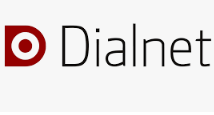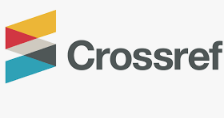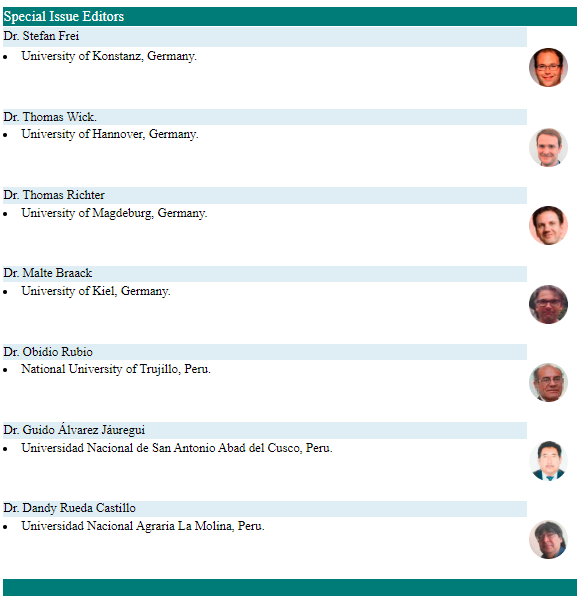On the structure of the fundamental étale group of normal schemes
DOI:
https://doi.org/10.17268/sel.mat.2025.01.10Keywords:
Normal schemes, étale topology, étale fundamental groupAbstract
The étale fundamental group is a central tool in algebraic geometry that generalizes the topological fundamental group to the context of schemes. In this article, we explore its behavior for normal schemes, highlighting its relationship to arithmetic and geometric invariants.
References
Murre JP. Lectures on an introduction to Grothendieck’s theory of the fundamental group, Tata Institute of Fundamental Research, Bombay, Notes by S. Anantharaman, Tata Institute of Fundamental Research Lectures on Mathematics, No 40, 1967.
Harstshorne R. Algebraic Geometry, University of California, Editorial Board. San Francisco- USA. 1997.
Milne JS. Lectures on Étale Cohomology, Princeton University press Princeton, New Jersey. 1980.
Szamuely T. Galois Groups and Fundamental Groups. Cambridge Studies in Advanced Mathematics. 2010.
Artin M. Grothendieck topologies. Harvard Uinversity, Dpt. of Math. 1962.
Downloads
Published
How to Cite
Issue
Section
License

This work is licensed under a Creative Commons Attribution 4.0 International License.
The authors who publish in this journal accept the following conditions:
1. The authors retain the copyright and assign to the journal the right of the first publication, with the work registered with the Creative Commons Attribution License,Atribución 4.0 Internacional (CC BY 4.0) which allows third parties to use what is published whenever they mention the authorship of the work And to the first publication in this magazine.
2. Authors may make other independent and additional contractual arrangements for non-exclusive distribution of the version of the article published in this journal (eg, include it in an institutional repository or publish it in a book) provided they clearly state that The paper was first published in this journal.
3. Authors are encouraged to publish their work on the Internet (for example, on institutional or personal pages) before and during the review and publication process, as it can lead to productive exchanges and to a greater and more rapid dissemination Of the published work.












